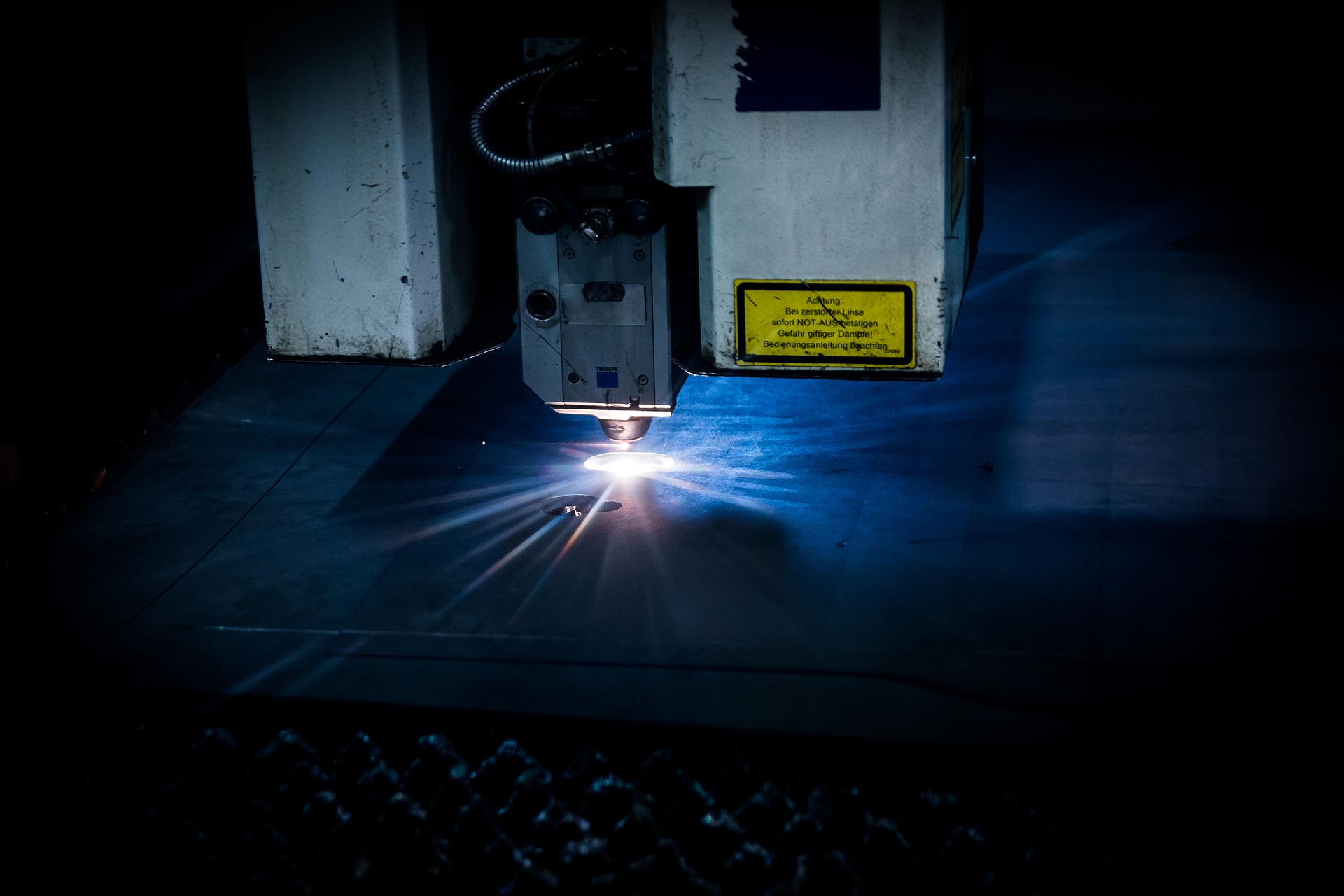Flexible PCBs
Flex circuits or flex boards are other terms for flexible PCBs. In the context of the electronic industry specifically in electronic manufacturing, flexible PCBs are in high demand for the reason that product designs are now made of less standardized shapes. Flex circuits play a great role in the manufacturing business because they help reduce the assembly time of products as they showcase form, fit, and function into a single circuit. As the assembly time of products decrease, so does the manufacturing costs and errors.
When Should You Use Flexible Circuit Boards?
Flexible circuits are useful when manufacturers consider weight and space in their products. Compared to the traditional rigid boards, flex circuits use the thinnest dielectric substrates available for making electronic interconnections. They are thin and lightweight which make them an ideal choice for devices such as computers and peripherals, digital cameras, and mobile phones. Aside from that, a flex board’s composition contributes to its resistance to high temperatures, and resistance to vibrations and shocks.
Flexible circuit boards can also be found in inductors and heater coils, as well as industrial lasers. In terms of medical uses, hearing aids and ultrasound equipment includes the aforementioned type of circuit board. Flex circuits can dramatically lower production costs, and it also paves way for products like smartphones, cameras, and other electronic devices or equipment be lightweight, flexible, and smaller.
Rigid PCBs
Rigid circuit boards can be found in almost every electronic manufacturing. They usually serve as the backbone of new electronic products. However, manufacturers now lean to the trend towards the use of flexible circuits since they tend to save space, are lightweight, and can be used in a wide variety of applications compared to rigid circuit boards. Despite the new trend, rigid PCBs are still immensely popular and are still considered the best solution for several interconnection problems. Once a rigid PCB is soldered with other electronic components, it will result in the creation of a printed circuit board assembly, the same goes with flex circuits.
When Should You Use Rigid Circuit Boards?
When cost efficiently is on top of the list, rigid PCBs are the ideal choice to acquire. This type of circuit is cheaper for the majority of production cases than the flexible PCBs. If the volume of products to be produced shall be taken into consideration, rigid PCBs makes it the better choice unless there are technical reasons for using flexible circuits.
Similarities of Rigid PCBs and Flex Circuits
- The manufacturing process of both the rigid PCBs and flex circuits is relatively the same.
- Rules in terms of the designs specifically on sizes, thickness, and more applies to both bases of rigid PCBs and flex circuits.
- Both forms of circuit serve as connecting components.
Differences of Rigid PCBs and Flex Circuits
- In general, flexible circuit boards are more costly than the general rigid circuit boards.
- Flexible circuits do not require much in terms of components for connections.
- Flex circuits are in need of overlays – a lamination process designed to protect that board. Rigid PCBs, on the other hand, have solder masks.
- A flex circuit’s rigidized sections must be mounted.
- Automated assembly takes place when flex circuits are mounted within removable rigidized carriers.
Flexi-Rigid PCB
Combining the two circuit boards will result to the capitalization of strengths of both board bases; decrease the costs, increase the reliability through the use of standardized rigid circuit boards whilst utilizing flex circuits for compact devices, and oddly-shaped products, and other necessary components where this type of circuit is needed. The use of hybrid will greatly contribute to the high functionality of flex PCBs and will ensure co-efficiency for electronic manufacturers. Once these boards are soldered with electronic components, they would be called printed circuit board assembly.


